When we talk about body corporate most people picture either a high rise building or a group of townhouses. Strata titling, the process that creates a body corporate can be used for all sorts of developments. In this article I look at the most common types of body corporate.
Duplex and Triplex
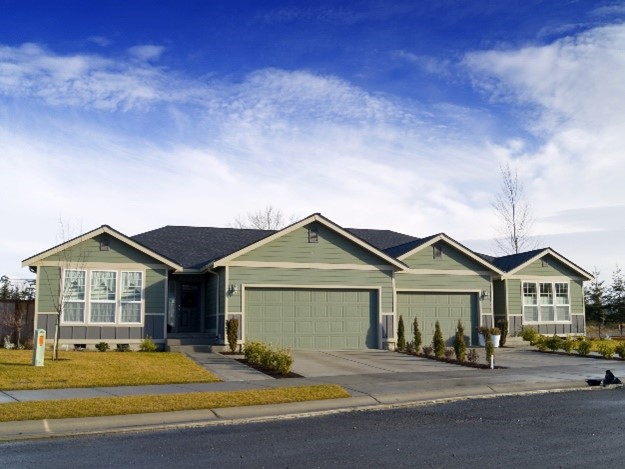 The most common form of community title scheme, making up over 70% of registered bodies corporate in Queensland, is the humble duplex pair.
The most common form of community title scheme, making up over 70% of registered bodies corporate in Queensland, is the humble duplex pair.
To be clear, not all duplex buildings are bodies corporate. They may be owned by one owner. Strata titling, creating the body corporate, is what allows each side to be sold separately.
These are two dwellings, most commonly joined by one wall. On larger blocks there may be three dwellings and these are called Triplexes.
Most duplex / triplex are horizontal (ie beside each other) but they can be vertical (on top of each other).
Townhouses
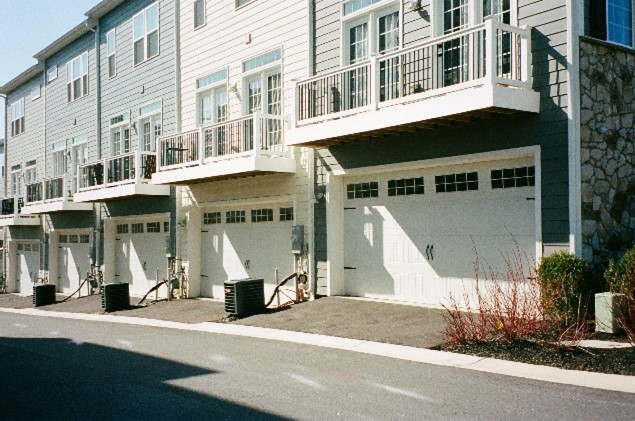 Townhouse developments proliferate again in our suburbs, where there is plenty of room, but developers still want higher density.
Townhouse developments proliferate again in our suburbs, where there is plenty of room, but developers still want higher density.
Ranging in design from park like grounds with duplex buildings to more tightly grouped multi-dwelling buildings these complexes are characterized by horizontal lots, meaning they’re side by side, not on top of each other, like in an apartment building.
Townhouse developments come in all shapes and sizes from small groups right up to massive, sprawling neighbourhoods with hundreds of lots.
Gated communities are usually townhouse developments and the hallmark of these sorts of scheme are facilities. There may be extensive gardens, a pool and BBQ area, even tennis courts and other facilities. Hence the need for gates to protect exclusivity.
Land
 Developments of land are becoming increasingly more common. Rather than subdivide blocks and sell them instead a developer will do earthworks, build a road, and potentially other common property facilities, then register as a body corporate.
Developments of land are becoming increasingly more common. Rather than subdivide blocks and sell them instead a developer will do earthworks, build a road, and potentially other common property facilities, then register as a body corporate.
Each block of land is still sold separately the same as subdivisions, and owners still make their own improvements.
These developments offer owners stronger control of the appearance of their neighbourhoods. Building covenants are difficult to enforce on subdivided land, whereas development control by-laws within a body corporate are easier to police.
These types of schemes are often developed as layered schemes.
Land can be strata titled for many different purposes such as acreage or industrial blocks. I’ve even seen a body corporate formed by group of owners purchasing a block of land to make sure their beach views are never impeded.
Low-rise, Mid-Rise and High-Rise Apartment Schemes
Apartment schemes are bodies corporate with different lots on different floors. What constitutes a low-rise, mid-rise, or high-rise buildings is a question of number of floors.
Low-rise Body Corporate
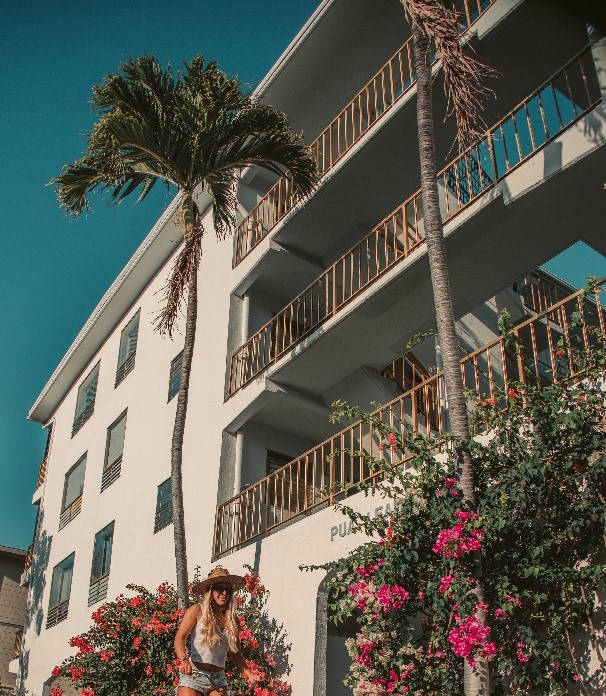 Low-rise buildings are four floors or less and most commonly they do not have lifts.
Low-rise buildings are four floors or less and most commonly they do not have lifts.
The ubiquitous three-story walk-ups are the bedrock of most of Australia’s inner suburbs, which are the suburbs surrounding the inner city.
A low-rise building may have anything from four lots up to hundreds. The number of lots will dictate whether there are facilities such as a pool or a gym. If there are more owners over whom to share costs the more likely there are to be additional facilities. Correspondingly fewer facilities mean fewer costs and lower levies.
These sorts of buildings can also be made up of retail or commercial lots.
Mid-rise Body Corporate
 Apparently four is the height at which people will start to complain about having to climb stairs so a mid-rise building is one with five to 12 stories that most commonly have lifts.
Apparently four is the height at which people will start to complain about having to climb stairs so a mid-rise building is one with five to 12 stories that most commonly have lifts.
These buildings are more complex than their low-rise brethren and have higher maintenance costs which translates as higher levies.
Mid-rise buildings are also significantly more likely to have facilities such as extensive gardens, a pool or gym, and probably an onsite Caretaker.
These buildings are the most exclusive and often the most expensive. It’s for this reason that there aren’t many commercial mid-rise body corporate buildings.
High-rise Body Corporate
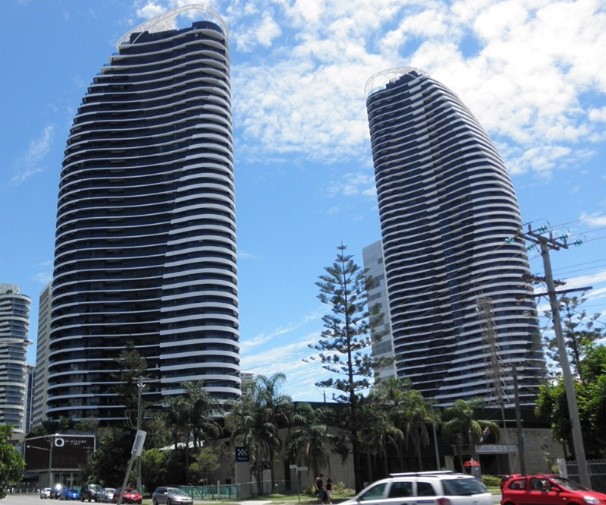 A high-rise building is any building with over 12 stories. That’s a broad scope so there are many variations with high-rise. Some are more like the mid-rises, exclusive resort environments, whilst others are mammoth developments more like a small town.
A high-rise building is any building with over 12 stories. That’s a broad scope so there are many variations with high-rise. Some are more like the mid-rises, exclusive resort environments, whilst others are mammoth developments more like a small town.
Fire and safety requirements for these types of buildings are stringent, as you would expect. They will likely include multiple leisure areas for owners, required for comfortable living or holidaying in such high-density.
In contrast with mid rise buildings levy costs per lot can be lower despite mammoth budgets as economies of scale come into play. The more owners there are over which to share costs the less is payable per lot.
Volumetric Lots
 A volumetric lot is a lot that’s not defined by physical boundaries, meaning the space can be changed to whatever its required to be. The lot is created from either the air space of sub-space of an existing lot, whether that lot is a body corporate or not.
A volumetric lot is a lot that’s not defined by physical boundaries, meaning the space can be changed to whatever its required to be. The lot is created from either the air space of sub-space of an existing lot, whether that lot is a body corporate or not.
For instance, a shopping center might decide to sell their airspace to be developed into residential lots. That airspace becomes a volumetric lot which later gets developed into individual lots within a body corporate.
Commercial or retail areas in highrise buildings are often registered as volumetric lots. Commercial owners or tenants may have different requirements and rather than say “this is what we’ve got”, developers ask instead “what would you like?” and then adjust boundaries to suit.
Industrial Units
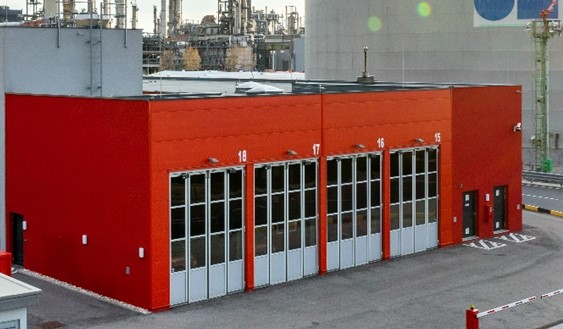 Just as houses or shops can be strata titled so too can industrial spaces. There is a huge demand for light industrial in the outer suburbs surrounding our cities.
Just as houses or shops can be strata titled so too can industrial spaces. There is a huge demand for light industrial in the outer suburbs surrounding our cities.
Industrial units come in all shapes and sizes depending on demand. They can be large spaces which are broken up into smaller areas, or purpose built tilt-slab units or sheds. Whatever there is a demand for developers will produce.
Layered Schemes
 A layered scheme is exactly as it sounds; one, body corporate inside another body corporate. The larger scheme is referred to as the Principal Body Corporate.
A layered scheme is exactly as it sounds; one, body corporate inside another body corporate. The larger scheme is referred to as the Principal Body Corporate.
An example would be a land development where one lot has a duplex pair built on it. That duplex is strata titled so each side may be sold individually. The duplex becomes a body corporate which is contained within the larger land development. This is a simple example of a layered body corporate
Most layered schemes are master planned communities such as Peregian Springs although they can be any configuration a developer can think of.
Management
Regardless the types of body corporate legislation applying does not change. That’s the strength of the Body Corporate & Community Management Act 1997 and its amendments and regulations. The same rules apply to a duplex as to a sprawling master planned community and everything in between.
The types of body corporate each have different management requirements which along with things like design, materials, geographical location, and use will impact the problems that arise and running costs.
 Unless stated otherwise all the information on this website relates to Queensland legislation.
Unless stated otherwise all the information on this website relates to Queensland legislation.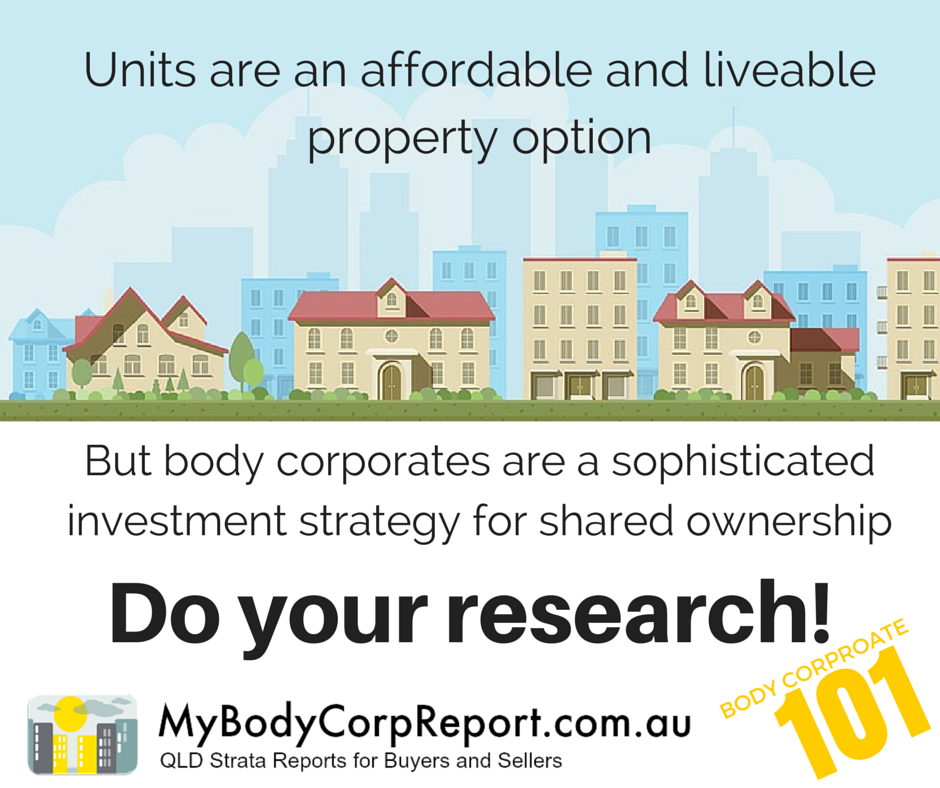
Hello Lisa,
How do i tell if my Duplex is a BEP or SEP
Thank you
Jason
HI Jason
Look at the survey plan. Building Format or Standard Format will be written on the plan.
It is shorthand for where the boundaries between lot and body corporate are. If its a BFP boundaries are midway between walls, floor, ceiling and doors.
Hello Lisa, I live in a lovely duplex unit in Sunny Ridge Gardens, Pine Ridge Road Coombabah 4216. I am a member of the Residents Committee and feel things are not being run properly. I wish to ask a question you may be able to help me understand. Thus being: We come under SRG Management Services Pty Ltd. Ms Barrie Coles is the Director of the company ,also a resident in the village of 37 units. She also says she is the Body Corp, Scheme Operator, self appointed live in Manager/Treasurer…. I cannot see how legally she can hold all these positions. There is a great deal of dissatisfaction about her roles she holds and fees we pay to The Company. how would you feel in this position
. Kindest Regards, Gail
Hi Gail
Hmmm … I would be concerned. A body corporate should have a committee. If a person is acting as the body corporate manager or Caretaker then they are a non-voting member of the committee. The rest of the committee should be made up of other owners. To be clear, its the committee who are making the decisions for the scheme, within the context of the agreements in place of course.
I mention that because from memory this is a retirement complex, meaning there is other legislation which applies for the retirement part of the scheme. SRG Management Services are likely the scheme operator for that portion of the business.
From the body corporate perspective though, one person cannot legally run the body corporate and be on committee. Its a conflict of interest.